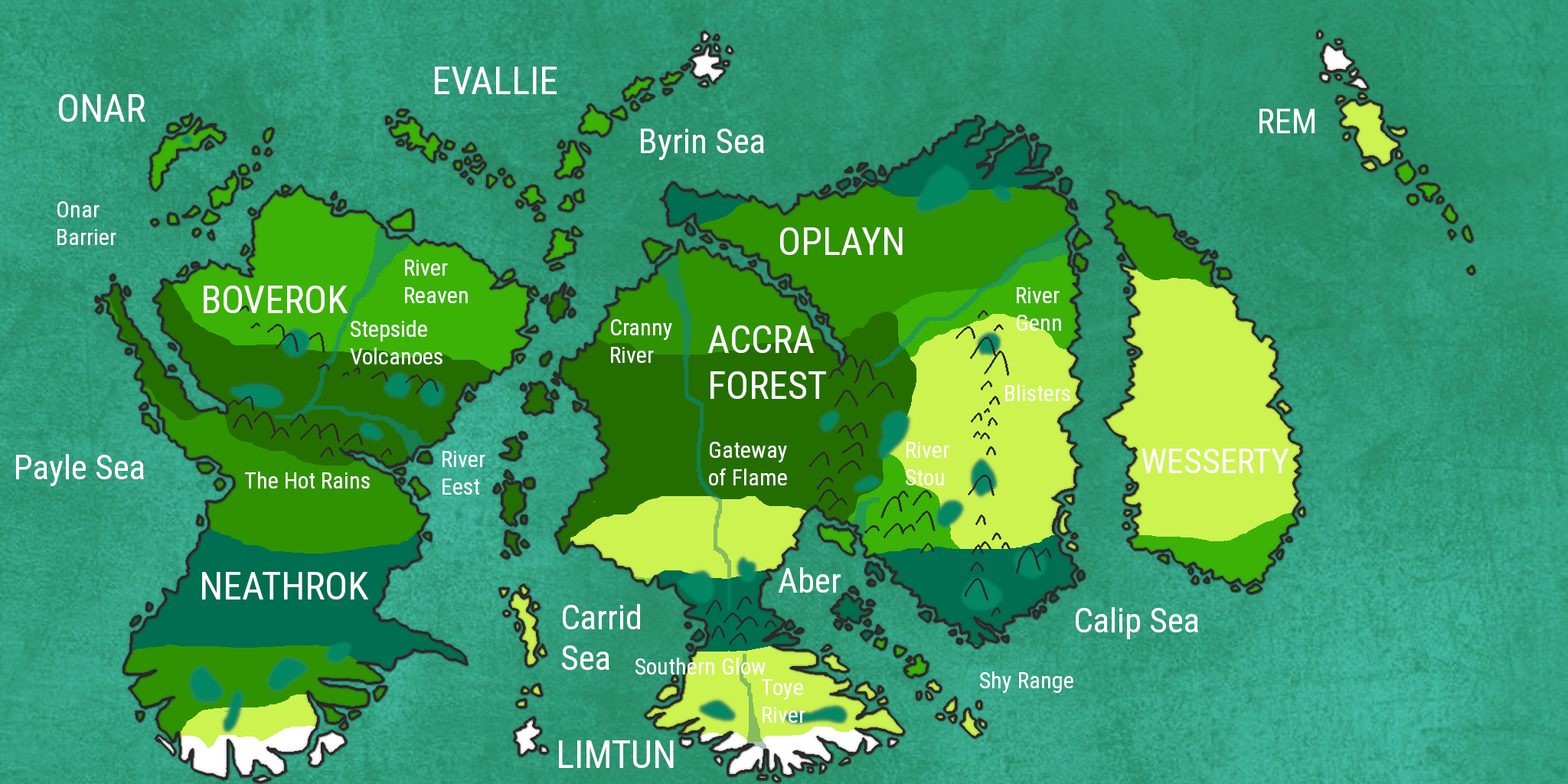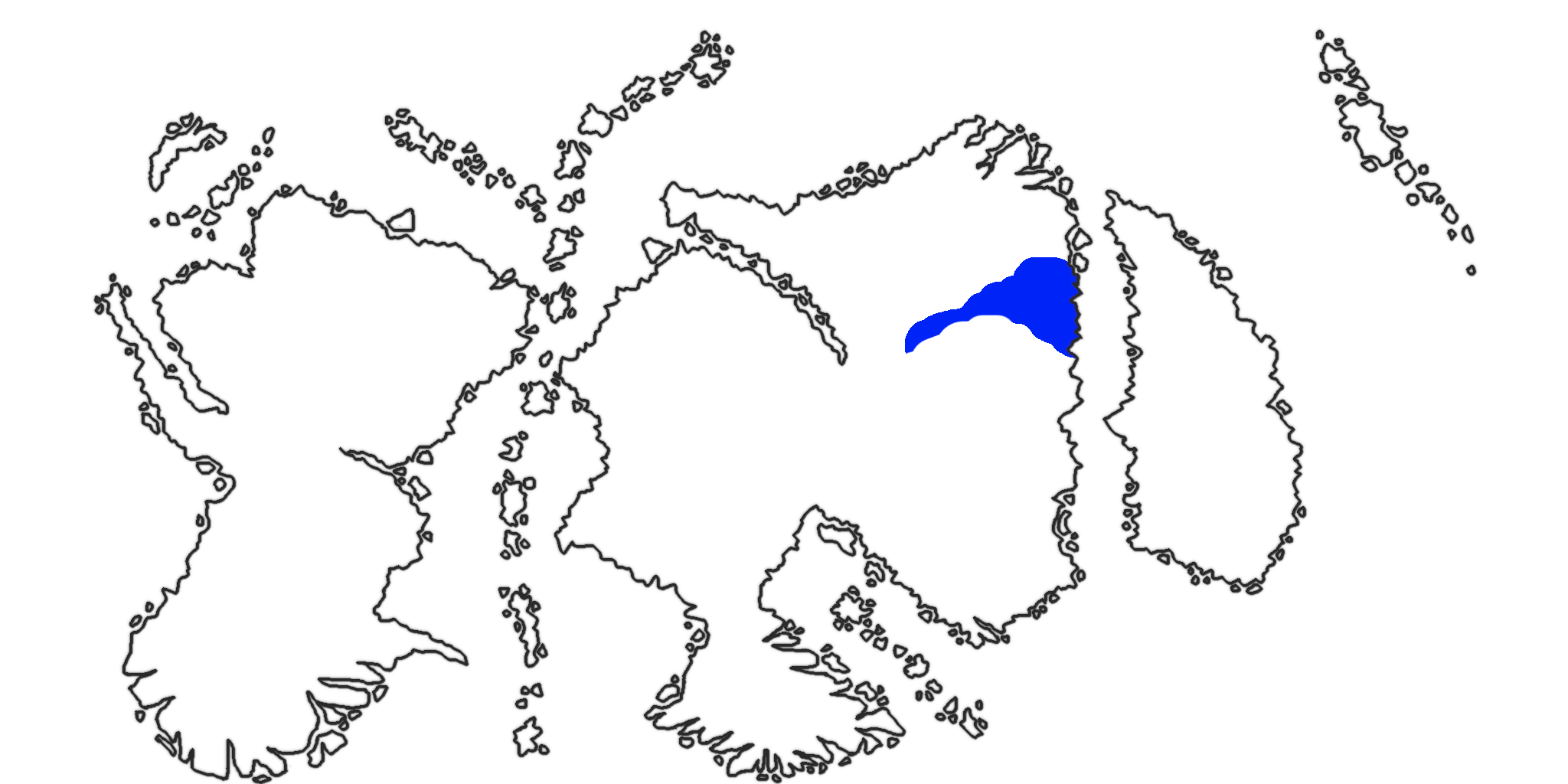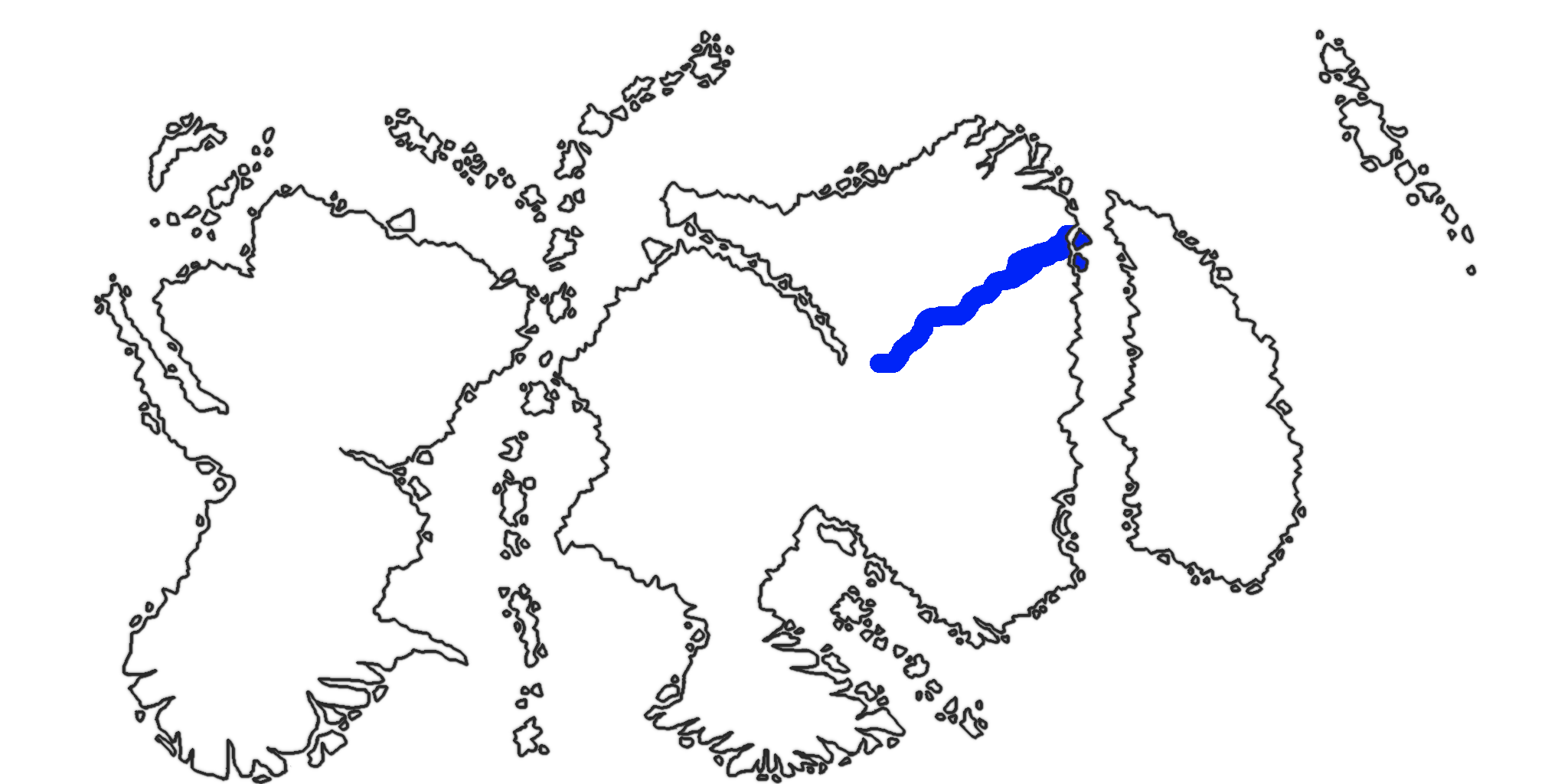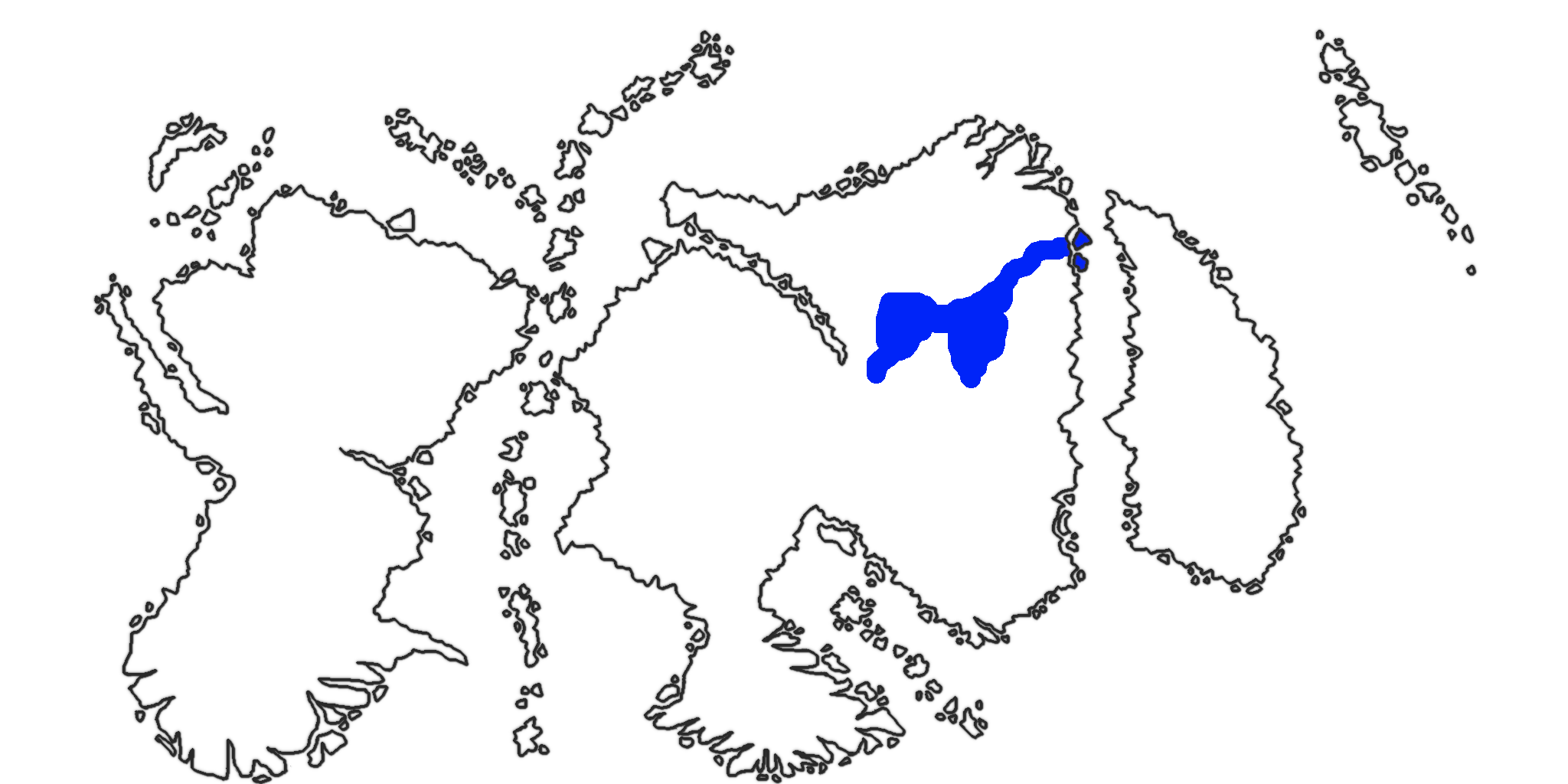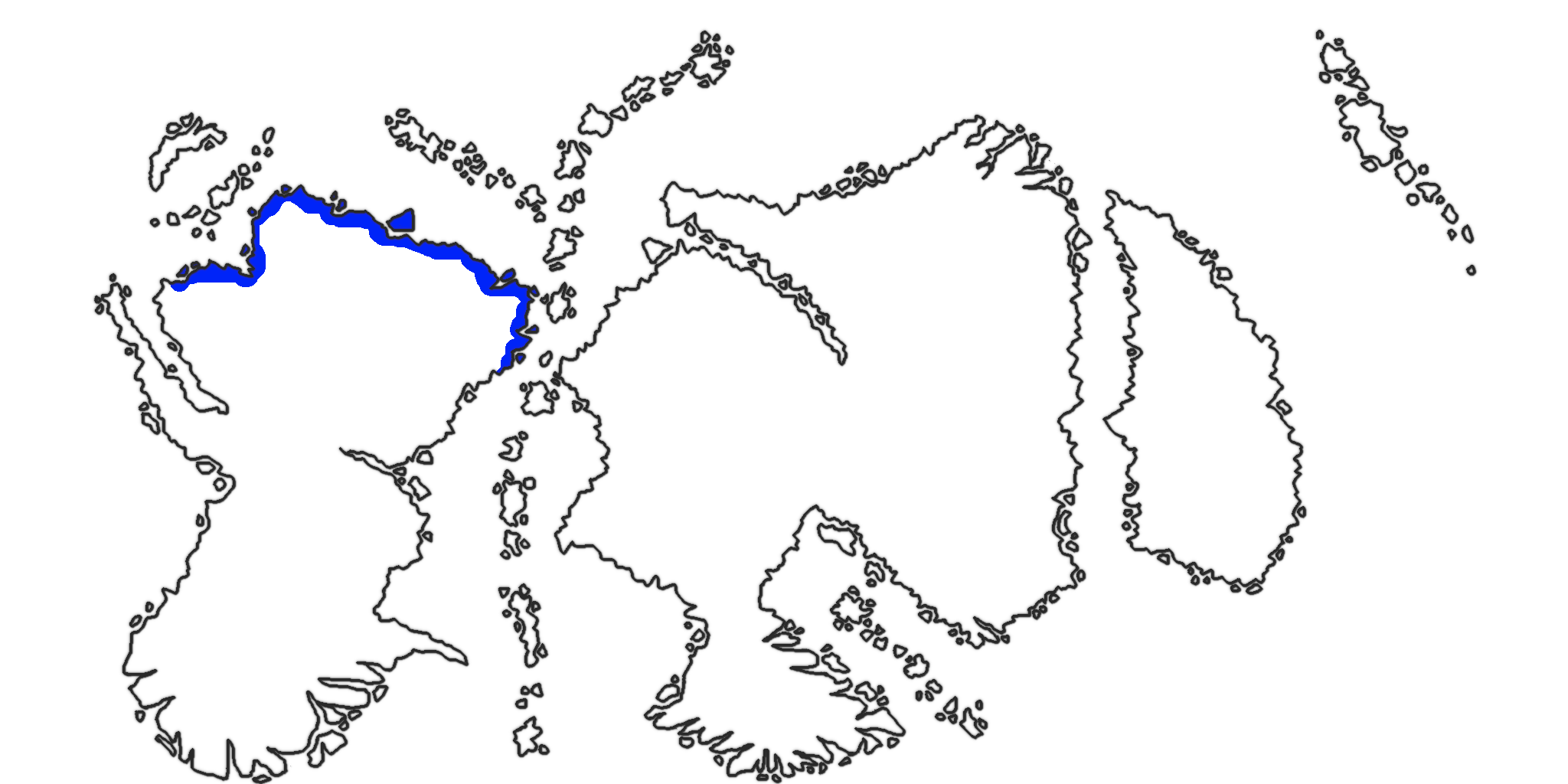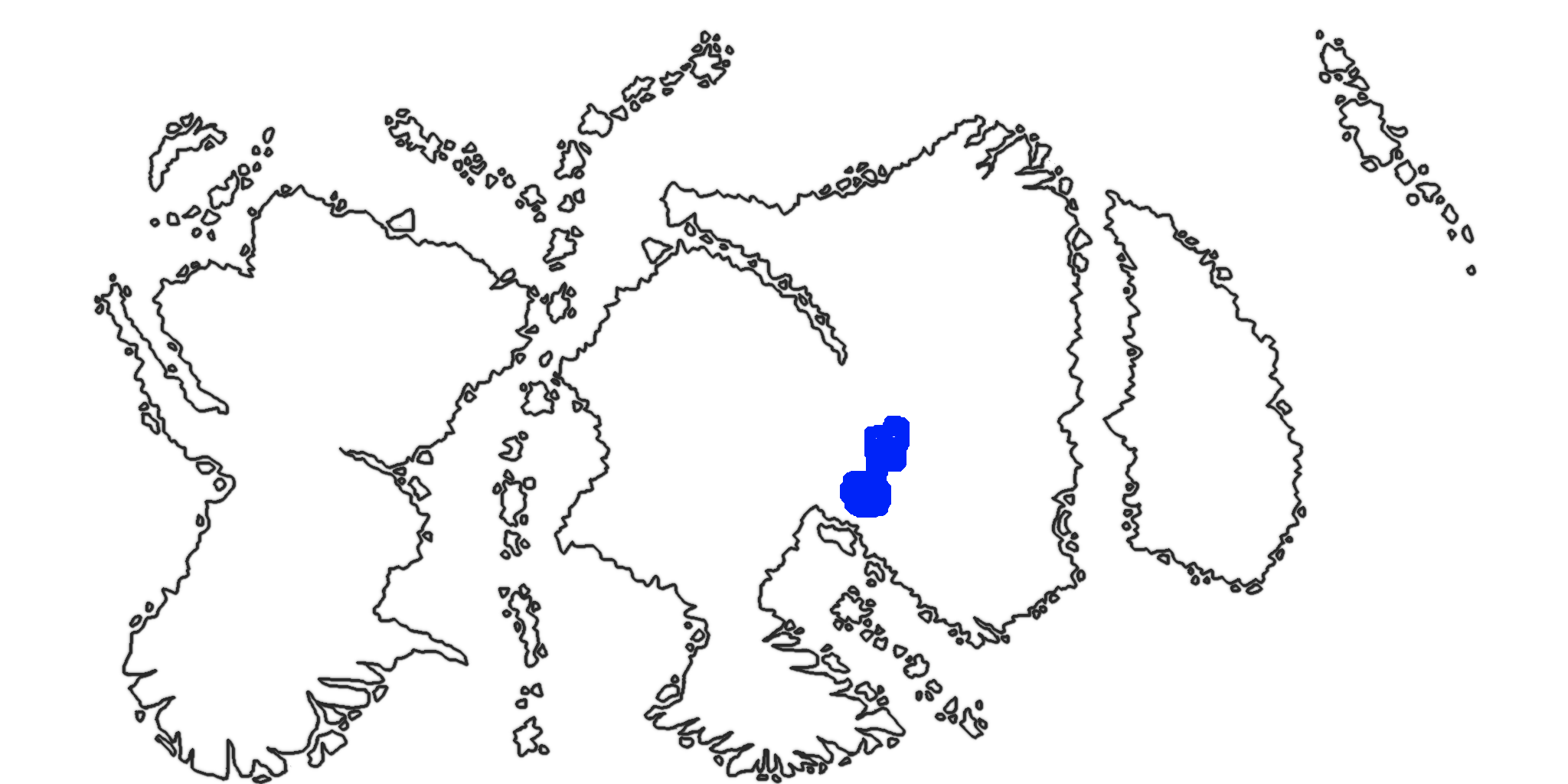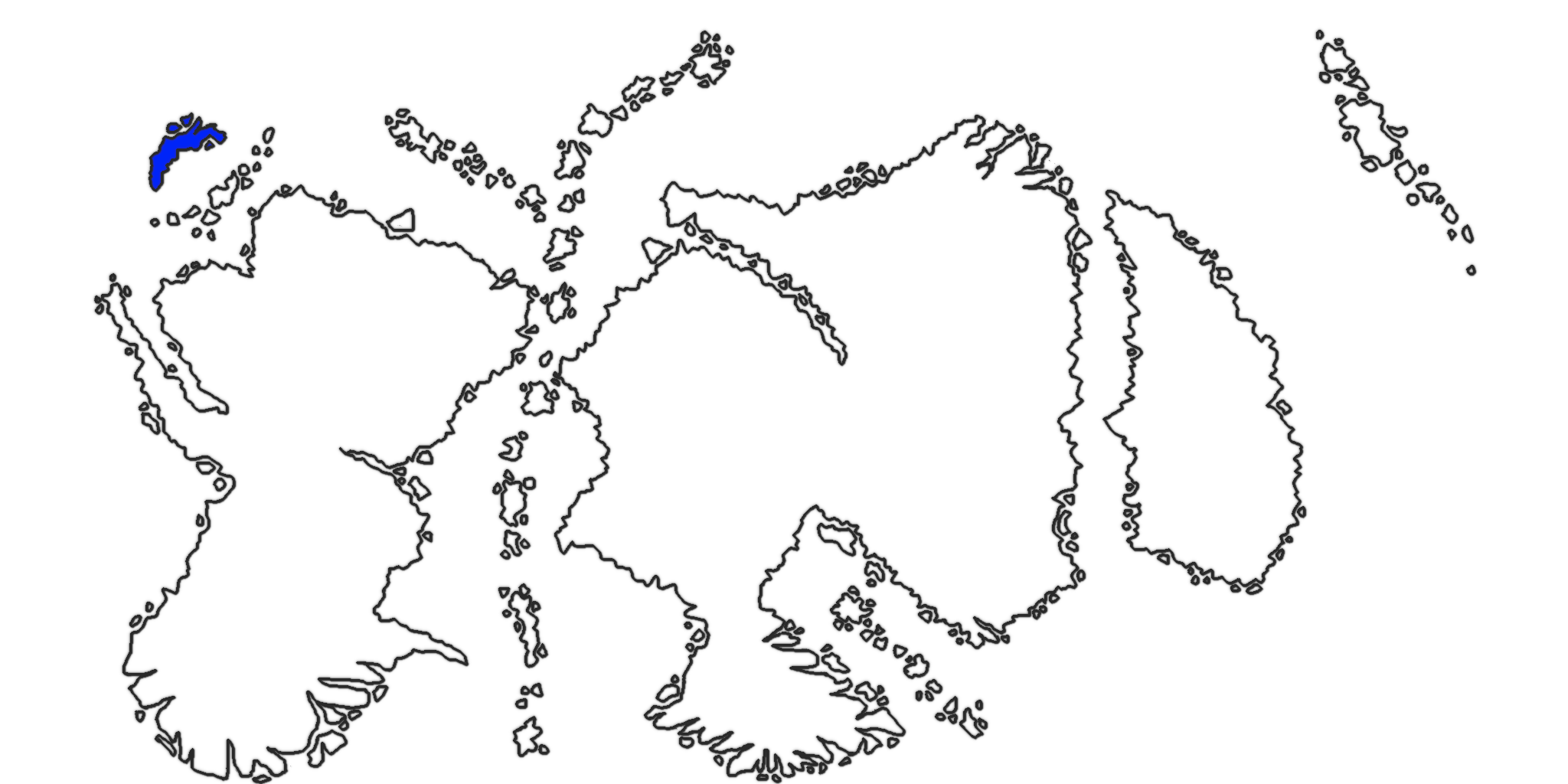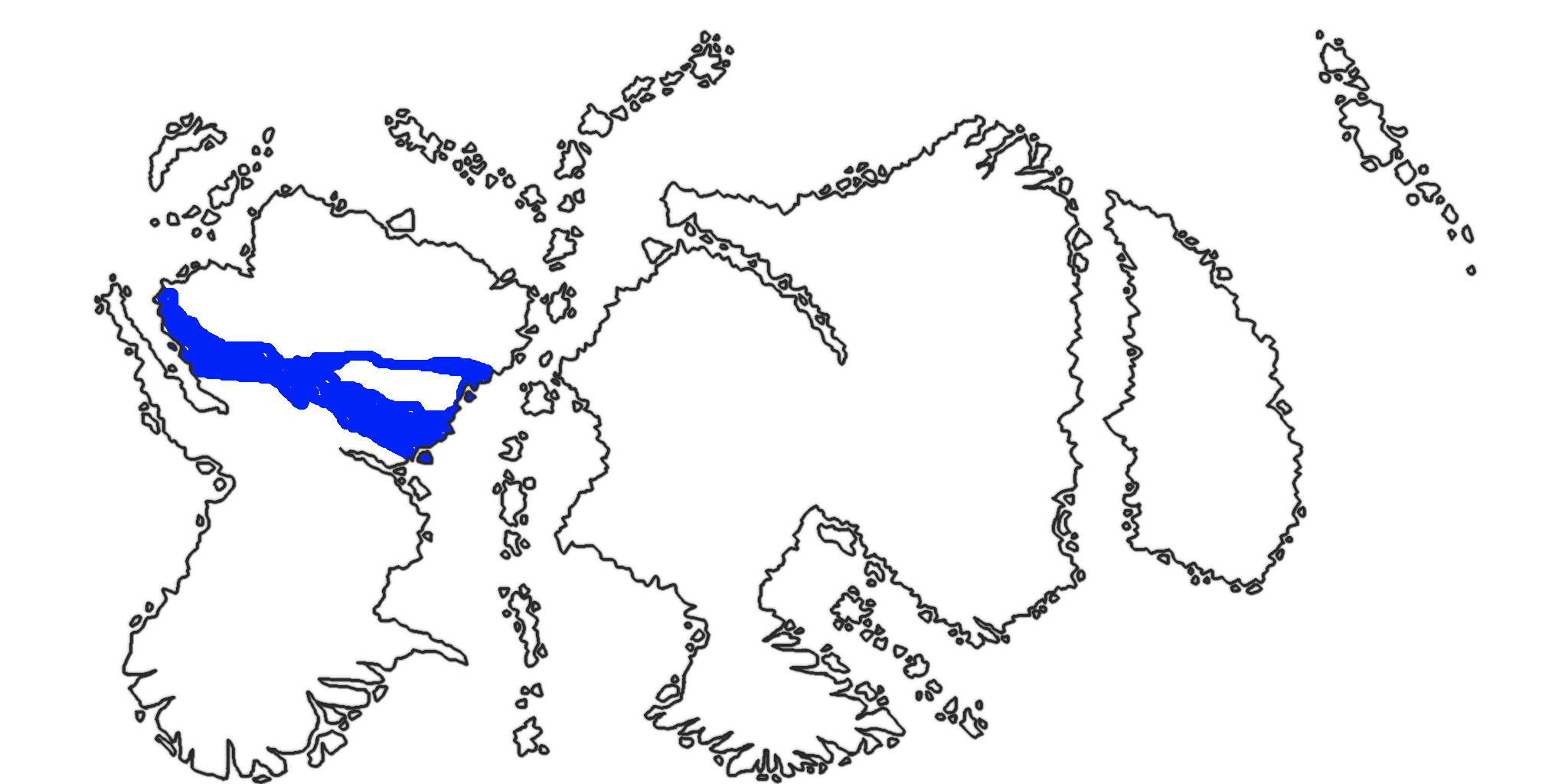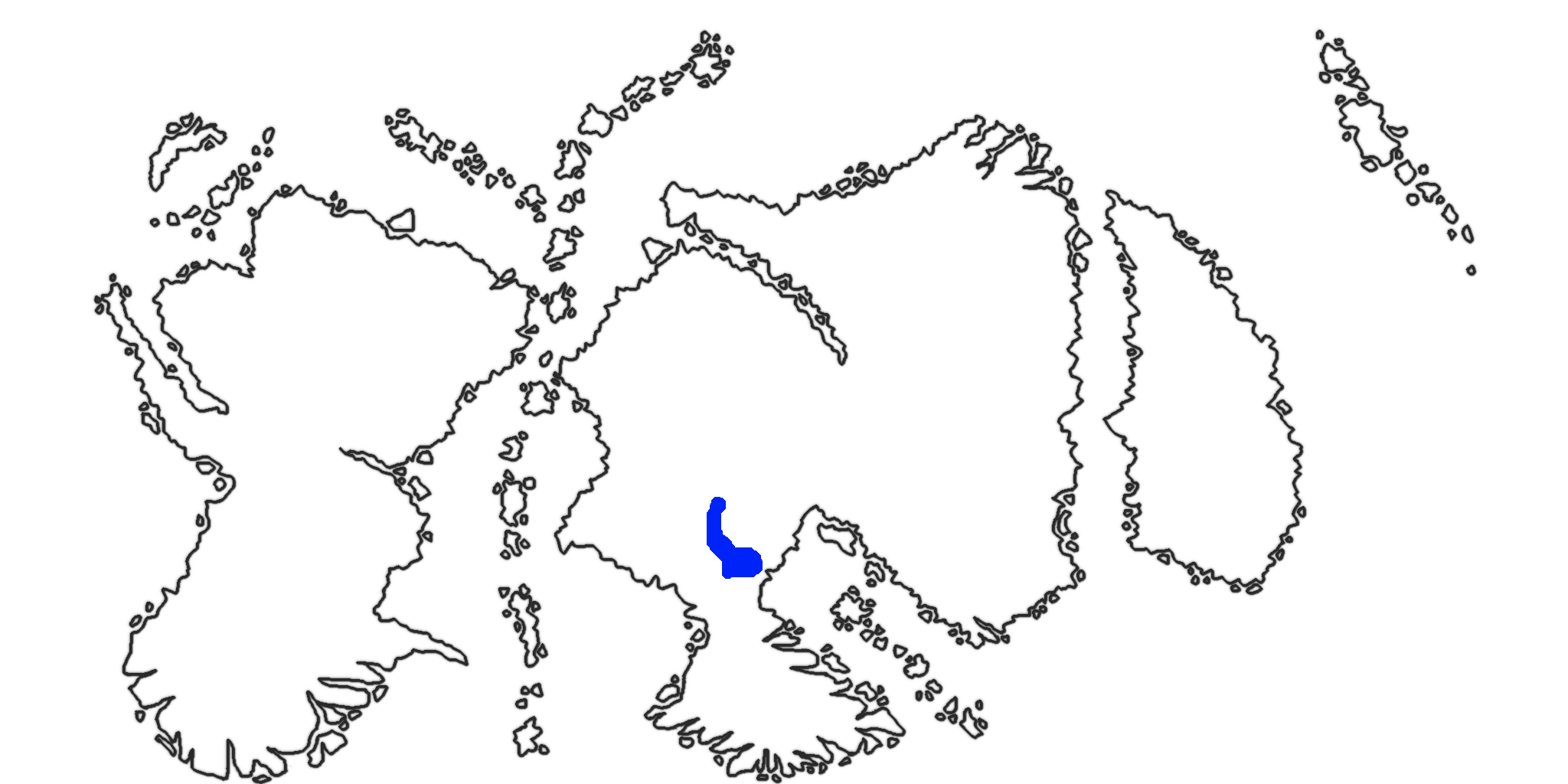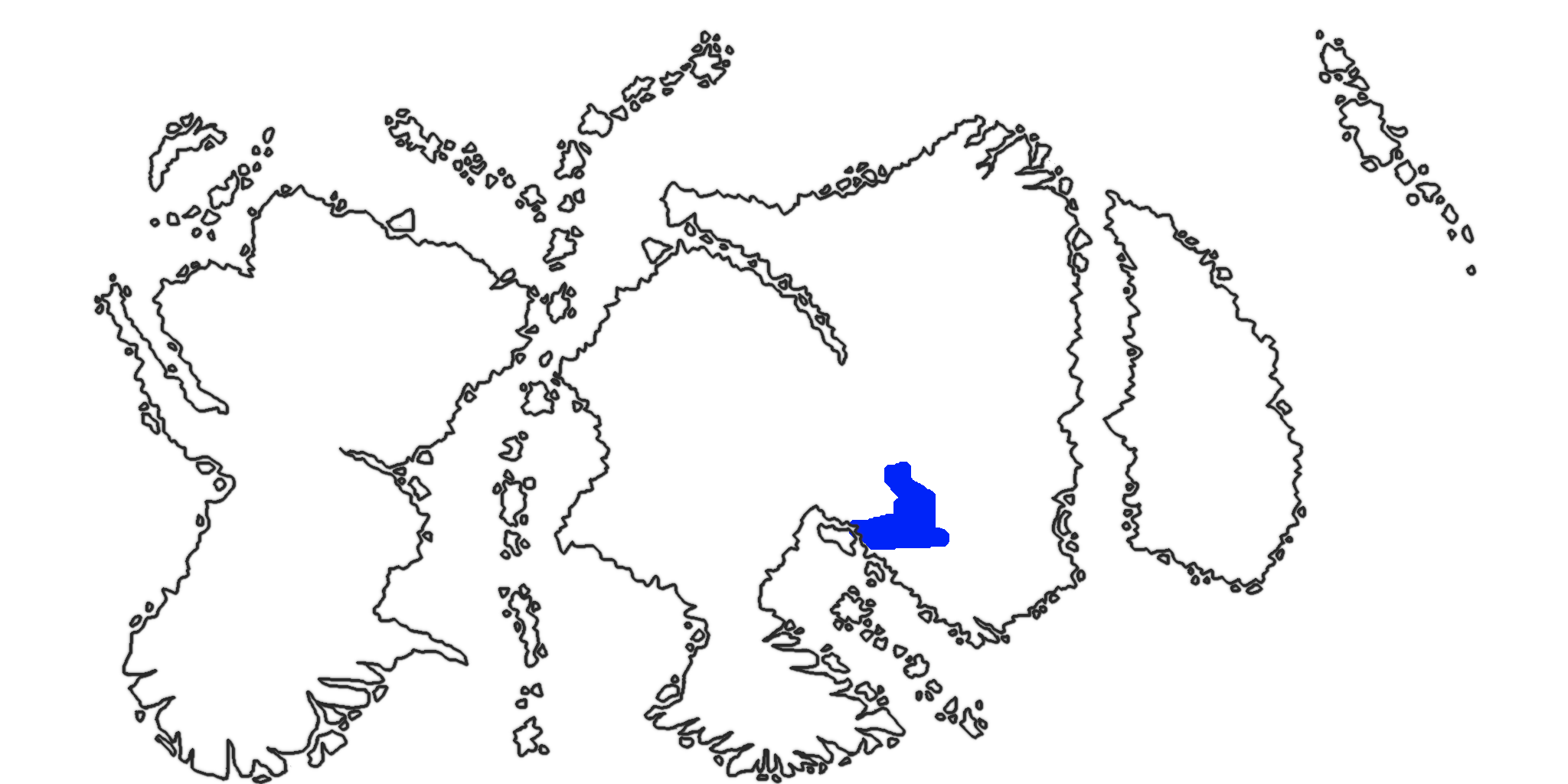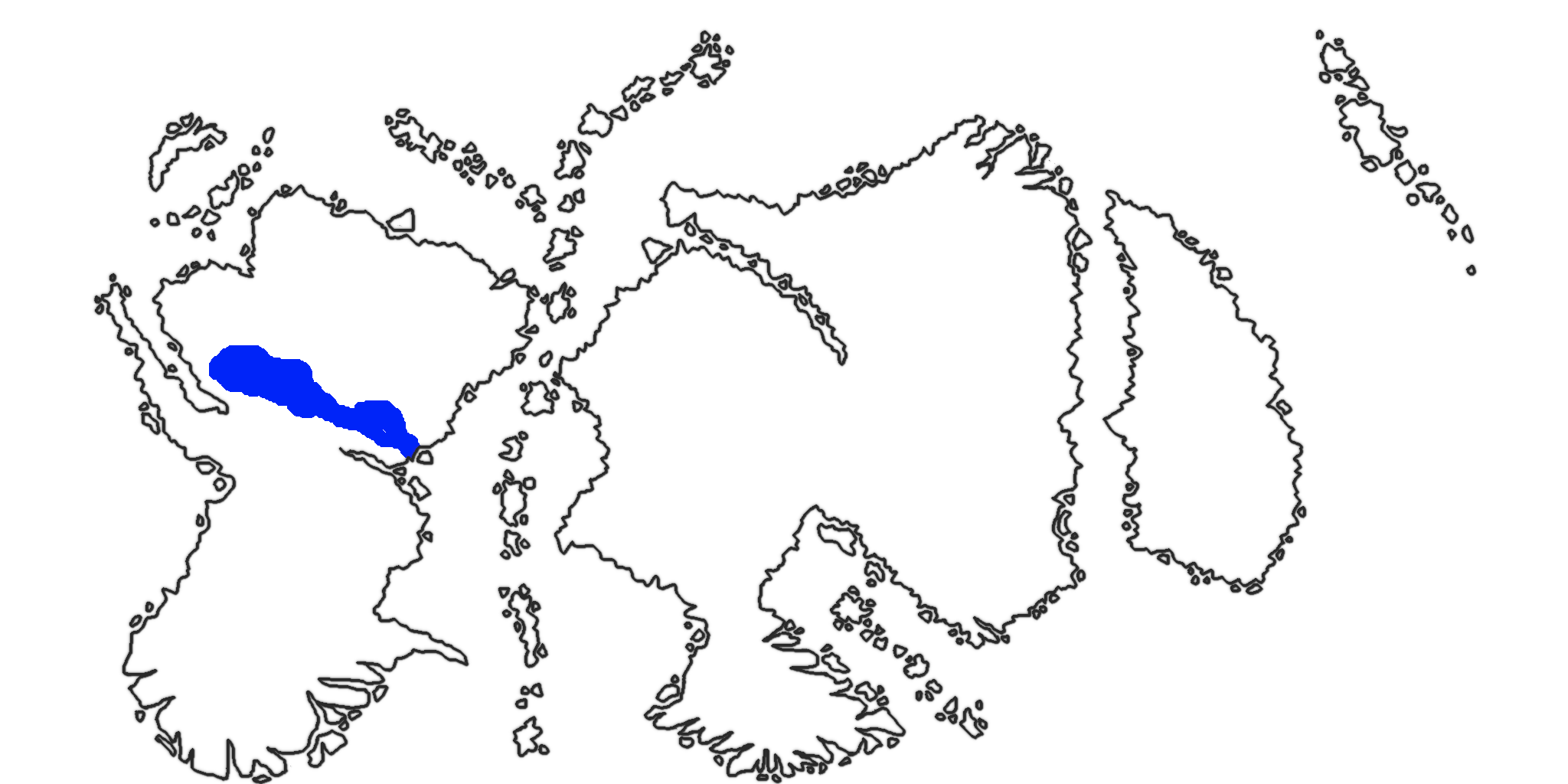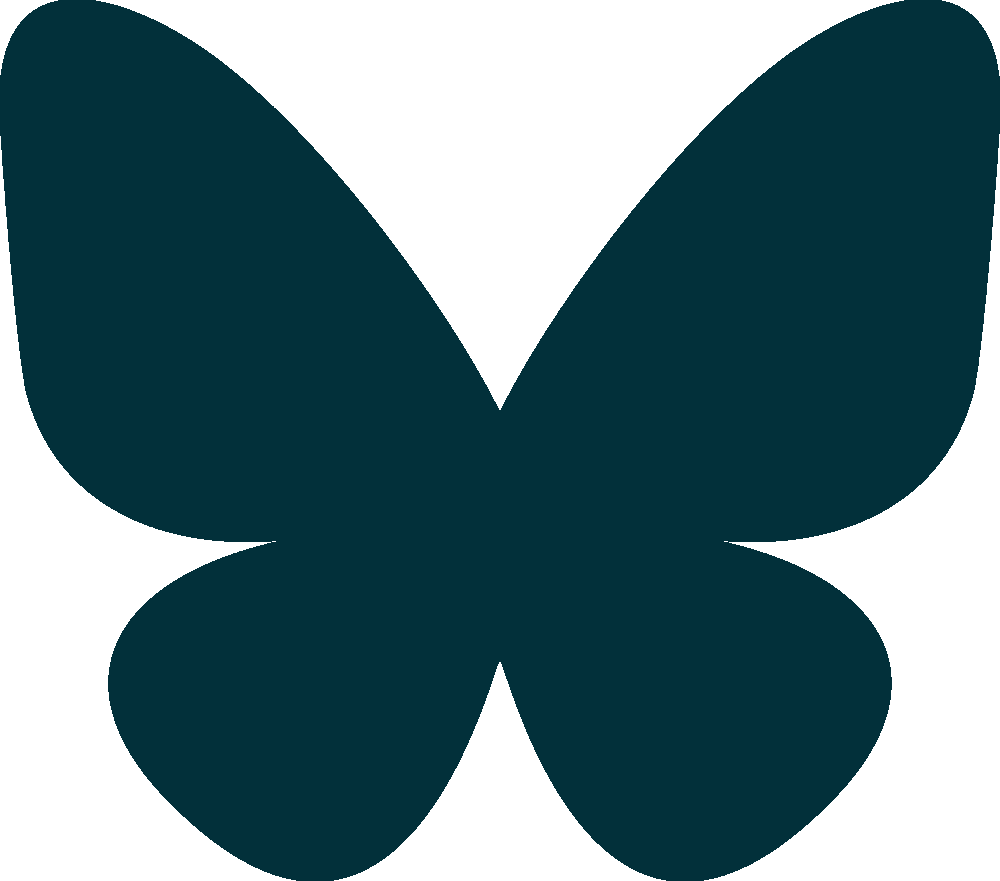How to Create an Alien Ecosystem
Part 6: Finishing Your First Species
Welcome everybody to the final part of this series! In part 5 we hired an artist to draw a page of preliminary sketches of one of our alien Orders (plus one finished, coloured drawing) to create a set of species, and then wrote short species bios for each one based on their unique characteristics.
In this section we're going to split the species into a few taxonomic Families, put them on the map of my sci-fi planet Kaleida, and name them by drawing from these naming strategies.
Overall Name for the Order
So far I've been calling the Order of aliens we have been focusing on 'hares and rabbits' or HRs. Now that we've almost finished with their development we can give them a name as alien as they are.
To do that I need to work out what words describe them as a whole. I'd say 'quick', 'hungry' (they probably spend much of their time eating), or 'timid'. I don't have any languages yet for Kaleida, so for now I'll settle for using Arabic, Latin, and Greek*, and put my chosen words through Google Translate to see which words sound best.
Quick: bsre (Arabic), celer (Latin), grigora (Greek).
Hungry: jawean (Arabic), esuriit (Latin), peinasménos (Greek).
Timid: khajul (Arabic), timidis (Latin), ntropalós (Greek).
I'm liking the idea of calling them something that means 'timid runner' or 'hungry runner', since like rabbits they can run, are prey to many other aliens on Kaleida, and are always grazing. Given that many animal names include influences from more than one language, I'm going to combine the Arabic word for hungry and Greek word for quick: jaweangrigora, and contract and adjust it (the way Old English often did to make a word easier to say in English) to jawagora.
I think that'll do nicely: my aliens definitely look like jawagoras! A quick Google search told me that nobody else has anything of the same name, so jawagora's what we're going to go with!
*Many animal names are drawn from Ancient Greek, not modern Greek, but Google Translate doesn't offer translation to Ancient Greek so I'm settling for the modern equivalent of the language.
Families
Next I want to look over all of the sketches Gij gave me and put them into a handful of groups based on their similarities. For my jawagoras, I'd suggest:
True jawagoras
These three are the most faithful to my original description: two pairs of fins, and one pair of legs.
HR-1 - True
HR-2 - True
HR-3 - True
Finless jawagoras
Quite a few of them lack fins, so this seems a fair basis by which to group them. I was happy to accept finless jawagoras, as limbs can evolve away in real life. That's what happened to dolphins and is in the process of happening to seals. It's even starting to happen in my HR-1!
HR-4 - Finless
HR-7 - Finless
HR-9 - Finless
HR-12 - Finless/has pseudo-fins?
Tailfin jawagoras
These two species have rear fins. I never specified to Gij which two sets of fins the aliens were meant to have so they made some sketches with two pairs of pectoral fins (perhaps on a par with western dragons, which have forelegs and wings on the front half of their bodies), and these ones with two sets of rear/tail fins.
In-universe, this would be a significant enough evolutionary divergence for them to be part of a different branch of the jawagora Order. Imagine humans compared with a kind of primates that mostly used their feet instead of their hands to travel, and how we might classify those.
HR-8 - Tailfin
HR-10 - Tailfin
Predator jawagoras
There's only one in this Family. It's the only one with forward-facing eyes, compared to all the others, which have side-facing eyes.
HR-6 - Front-facing eyes
Who's Left?
That leaves us with two, who I don't have much information about because Gij only drew head-shots of these. Since I have a Family of 'true' jawagoras, I think I'm going to put them there. If I ever commission an artist to draw full portraits of them, they would need to give them two sets of pectoral/pseudo-pectoral type fins.
HR-5 - ? (assigned to True)
HR-11 - ? (assigned to True)
Putting my Species on the Map
Our next task is to give each species a home range. This will help us get a better sense of their locations, which might influence how we name them, and will help us if we expand the ecosystem further so that we can refer back and see what flora and fauna exist in a given location.
I used this excellent tutorial to make a world map for Kaleida, and will be using a lineart version of it to show where each of the species live. I decided to put all the members of each Family on the same continent to add plausibility to their similaries, and the differences between them and the other Families.
Jawagora 1
Family: 'True' jawagora
Range: Jawagora 1 lives on the grasslands around the River Genn. I think these creatures could get across the Genn, perhaps during a dry year, or the more adventurous individuals could swim over - they may be better adapted to live on land than some of the other species, but they're aquatic enough to be capable.
Jawagora 2
Family: 'True' jawagora
Range: More suited to aquatic living than Jawagora 1, #2's population is more restricted to the Genn itself.
Jawagora 3
Family: 'True' jawagora
Range: An inhabitant of the northern Blisters, particularly the lakes that form in this area. The Blisters are hills and mountains, which means they generate wet weather. This in turn creates lakes and tarns that the semi-aquatic jawagora are adapted to thrive in. Being able to shock predators into losing their footing would be a helpful adaptation for these jawagora, which may explain their spiny skirts.
Jawagora 4
Family: Finless jawagora
Range: Native to the coast of Boverok. This species looks so perfectly adapted to coastal life that I don't believe they would work their way inland - they find food in rock pools and are made to stand their ground against the constant buffeting of the surf, so where better to put them than here?
Jawagora 5
Family: 'True' jawagora
Range: Restricted to the River Stou and the lakes of the foothills of the southern Blisters, where it can hide in the water to escape predators. This species' proximity to the ocean may also go a way towards explaining its particularly fish-like features.
Jawagora 6
Family: Predator jawagora
Range: The only member of the jawagora Order to survive on the continent of Onar, it has the whole continent to itself.
Jawagora 7
Family: Finless jawagora
Range: Favours the wetter parts of the foothills of The Hot Rains. The heavy shadows in which it frequently finds itself have led it to evolve rich, iridescent colours that allow it to signal to others of its species.
Jawagora 8
Family: Tailfin jawagora
Range: This jawagora lives in a small range within a portion of the Cranny River that runs through the desert and a nearby lake, where the ground is wet enough to create silt. It digs through this for food and rolls in it to keep cool and free of bugs.
Jawagora 9
Family: Finless jawagora
Range: Another jawagora well-suited to the rainforest. Thrives in the lakes in the foothills of the Hot Rains and the source of the Rivers Reaven and Eest.
Jawagora 10
Family: Tailfin jawagora
Range: This jawagora lives in almost the whole length of the Cranny River, favouring the warmer section. The flow of the river heads north from the Southern Glow, and carries these animals along. They use their fins to maximise the distance they can drift.
Jawagora 11
Family: 'True' jawagora
Range: The grassy land around the River Stou and the wetter parts of the surrounding areas.
Jawagora 12
Family: Finless jawagora
Range: This robust creature thrives in the River Eest and the surrounding wetlands, where its barbs and bristles make it difficult to tell apart from the foliage. Its crest makes it visible during mating season or when warning off a rival.
And Finally... Names!
We've come a long way and this is all that's left for us to do now. Let's take a look at the characteristics of the twelve species and make a decision about their names. I'll be using naming strategies from the Naming Your Species blog post.
Jawagora 1
They live on in a grassy plains terrain, so I think plains jawagora is just fine.
Jawagora 2
In my caption for HR-2 last week I described this species as bare-tailed, and as such, bare-tailed would make a perfectly serviceable name. But they're pretty, slender and graceful, and I keep thinking fairy jawagora when I look at them. I also have a mind to make them very small, so that's the name I'm going to use.
Jawagora 3
Spiny-skirted jawagora? It seems as good a name as any to me.
Jawagora 4
My fully-developed species! Looking at it, I think I'm happy to call it a surf jawagora.
Jawagora 5
I want to call these guys fish jawagora because of that huge, pronounced fishy eyeball, except for the fact that fish don't exist on Kaleida, so I won't call them that. I'm also inclined to give them a name without jawagora mentioned in it, much like most species of bat are called bats, except for the pipistrelle. 'Pipistrelle' is an Italian derivative of 'bat', so I'll follow a similar track here and name these guys khajule, a slight twist on one of the Arabic words we looked at.
Jawagora 6
I'm just going to go for hunter jawagora. I'm not quite satisfied with that, but it'll do for now.
Jawagora 7
I feel like I've been too disparaging about this species! While I still don't fancy the look of its monofin, I've started to quite like its quirky little forest-dwelling self. I've decided it should be brightly-coloured to help it out as it lives its life in the shadows, so why not give it an ostentatious name - shimmering jawagora.
Jawagora 8
Given its hunting grounds and habit of covering itself in fine, wet mud, I think I'll call this one silt jawagora. This is another name that feels too straightforward, so maybe I'll retcon this at some point.
Jawagora 9
I would probably mention its face if I was inclined to keep its face looking that way, but since I'll have that retconned into a more standard jawagora face if I ever have this species drawn again, I'll reference the bristle on its tail instead. Hello, bristle-tailed jawagora!
Jawagora 10
I'm really taken with its broad fins, so why not broadfin jawagora?
Jawagora 11
Given where it lives, river jawagora seems like an obvious choice. It's by no means the only jawagora that lives in rivers, and I wonder whether I might get mixed up at some point in the future. Let's go for fake-eye jawagora.
Jawagora 12
Let's go for crested jawagora!
Conclusion
And that's it - we're finally done! We now have one finished species with coloured and shaded artwork, 11 more with sketches, and a whole ecosystem of aliens at various stages of completion, but crucially, developed enough to each have their own place on Kaleida. Here is a profile of all the information we've generated so far for this Order: Jawagora Species Profile.
I hope you enjoyed the ride, and if you want to work with us on your own worldbuilding, why not request one of my questionnaires? Alternatively book a consultation with us and we'll be happy to help you.
So what's next? This series was designed to take you through the process of making an alien ecosystem as quickly and easily as possible, but worldbuilding is extremely non-linear so there are many directions you could take from here, including:
- developing the rest of your ecosystem (if you want to show off what you're making, why not drop into our Discord server? We have a small, friendly group with a passion for worldbuilding)
- creating your own map (here's the link to that fantasy map tutorial again)
- adding more detail to your existing species, including establishing colours and other special effects
- establishing which of your species will be the most intelligent, so most likely to develop their own civilisations
I'm still adding to the TCC blog and have plans to write more series like this, about:
- creating and developing your fantasy planet
- making ecosystems for your plants and fungi, and
- developing all aspects of culture including languages
so be sure to stay tuned! Whichever direction you take, enjoy yourself!
Want to keep up to date with our blog? Sign up to our newsletter.
Credits
Title image by The Character Consultancy.
